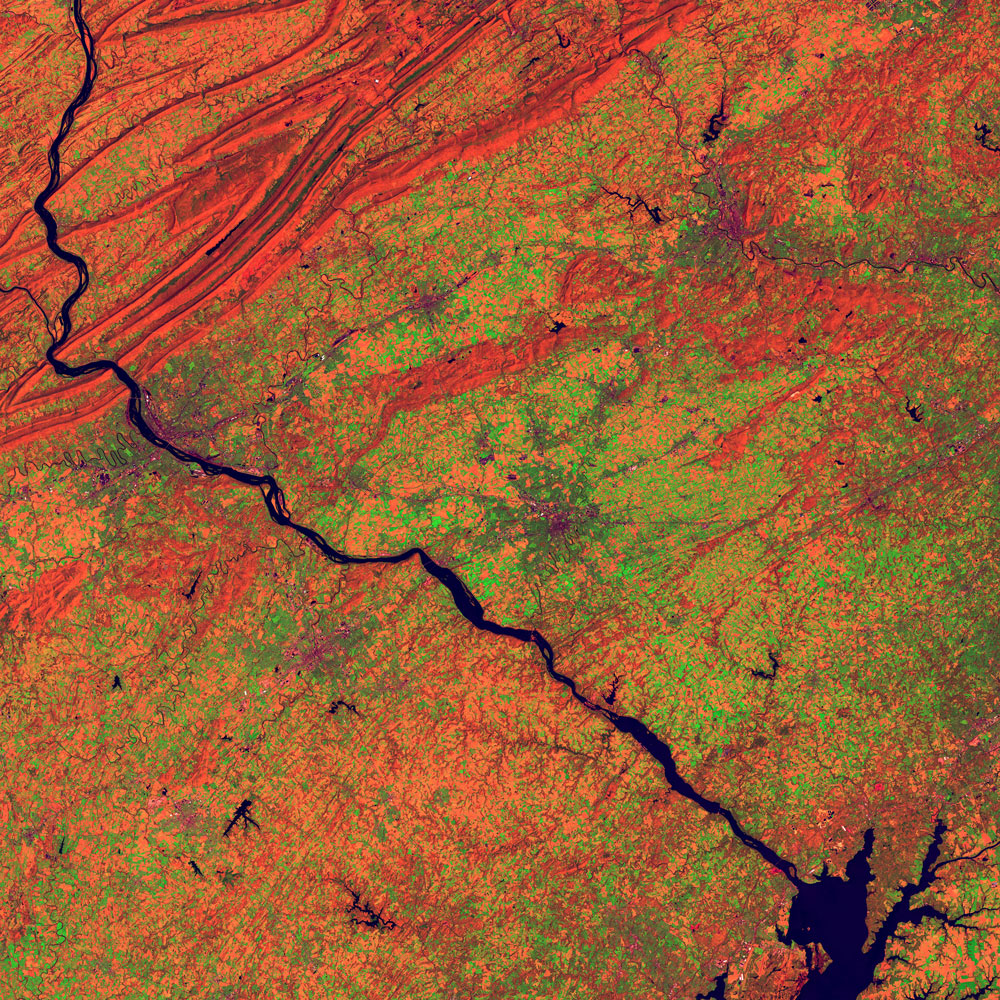
Spatial targeting of manure/fertilizer management considering both land suitability and cropping patterns could significantly improve nutrient use efficiency (NUE). Manure application in environmentally vulnerable areas such as flood plains, excessively sloped areas, shallow soils, and karst geology areas increases risk of nutrient loss to nearby waterbodies.
Raj and Kalra are developing and applying a framework for optimal spatial targeting of nutrients using biophysical characteristics of landscapes and simulation modelling. Land suitability analysis considering biophysical land vulnerabilities is being used for preliminary screening of landscapes. Integrated crop and environmental modelling, which will enable them to simulate the impacts of land use and nutrient management choices, are being carried out using the Soil and Water Assessment Tool (SWAT) and an upgraded version of SWAT known as SWAT+.
Lisenbee is investigating watershed effects of cover crop best management practices on nutrient and sediment loads using SWAT. Lisenbee will evaluate varying levels of cover crop implementation across the Susquehanna River Basin distributed randomly and at hot spots that currently produce the largest nutrient and sediment loads. This will provide guidance on the maximum benefits predicted from cover crop implementation and how to optimize cover crop benefits through spatial targeting.
Saha, A., Saha, G. K., Cibin, R., Drohan, P. J., White, C., Veith, T., Kleinman, P., & Spiegel, S. (2022). Evaluation of water quality benefits of manureshed based manure management in the Susquehanna River Basin. Journal of Environmental Quality. https://doi.org/10.1002/jeq2.20429
Saha, A., Cibin, R., Drohan, P. J., White, C., & Veith, T. (2023). Environmental benefits of weather-based manure timing and placement strategies across the Susquehanna River Basin. Journal of Environmental Management. https://doi.org/10.1016/j.jenvman.2023.117386
Lisenbee, W., Saha, A., Mohammadpour, P., Cibin, R., Kaye, J., Grady, C., Chaubey, I. 2024. “Water quality impacts of recycling nutrients using organic fertilizers in circular agricultural scenarios.” Agricultural Systems, 219, 104041. https://doi.org/10.1016/j.agsy.2024.104041.
Kalra, M., Chiles, R., Kaye, J., Kirchhoff, C., Wainger, L., & Raj, C. A systematic review of ecosystem services modeling for environmental health assessment, Ecological Indicators, Volume 172, 2025, https://doi.org/10.1016/j.ecolind.2025.113245.

Assistant Professor of Agricultural and Biological Engineering, Penn State
craj@psu.edu
Link to bio

PhD Student, Department of Civil and Environmental Engineering, Penn State
mmk5750@psu.edu

Postdoc, Department of Ecosystem Science and Management, Penn State
wlisenbee@psu.edu
Link to bio